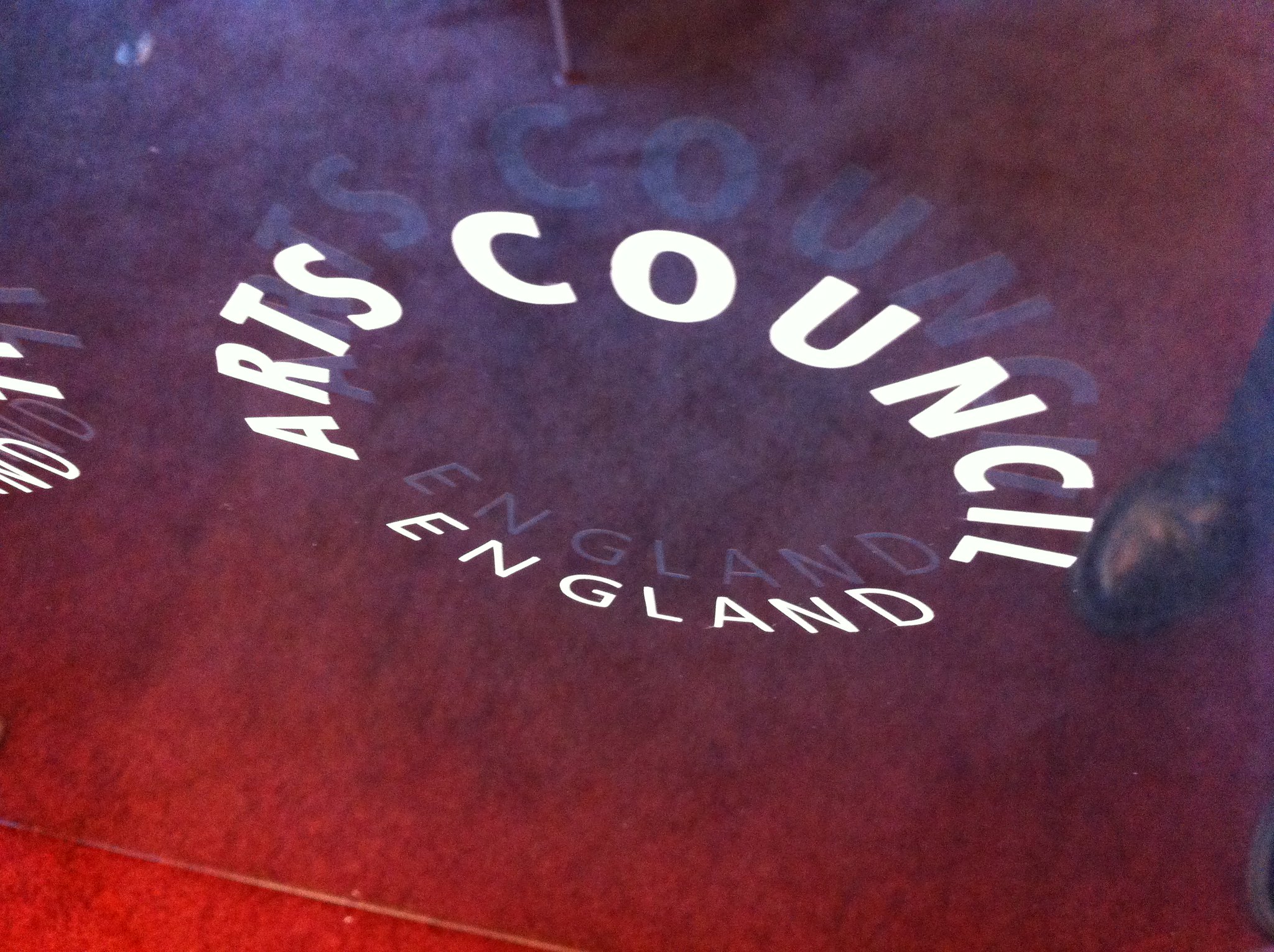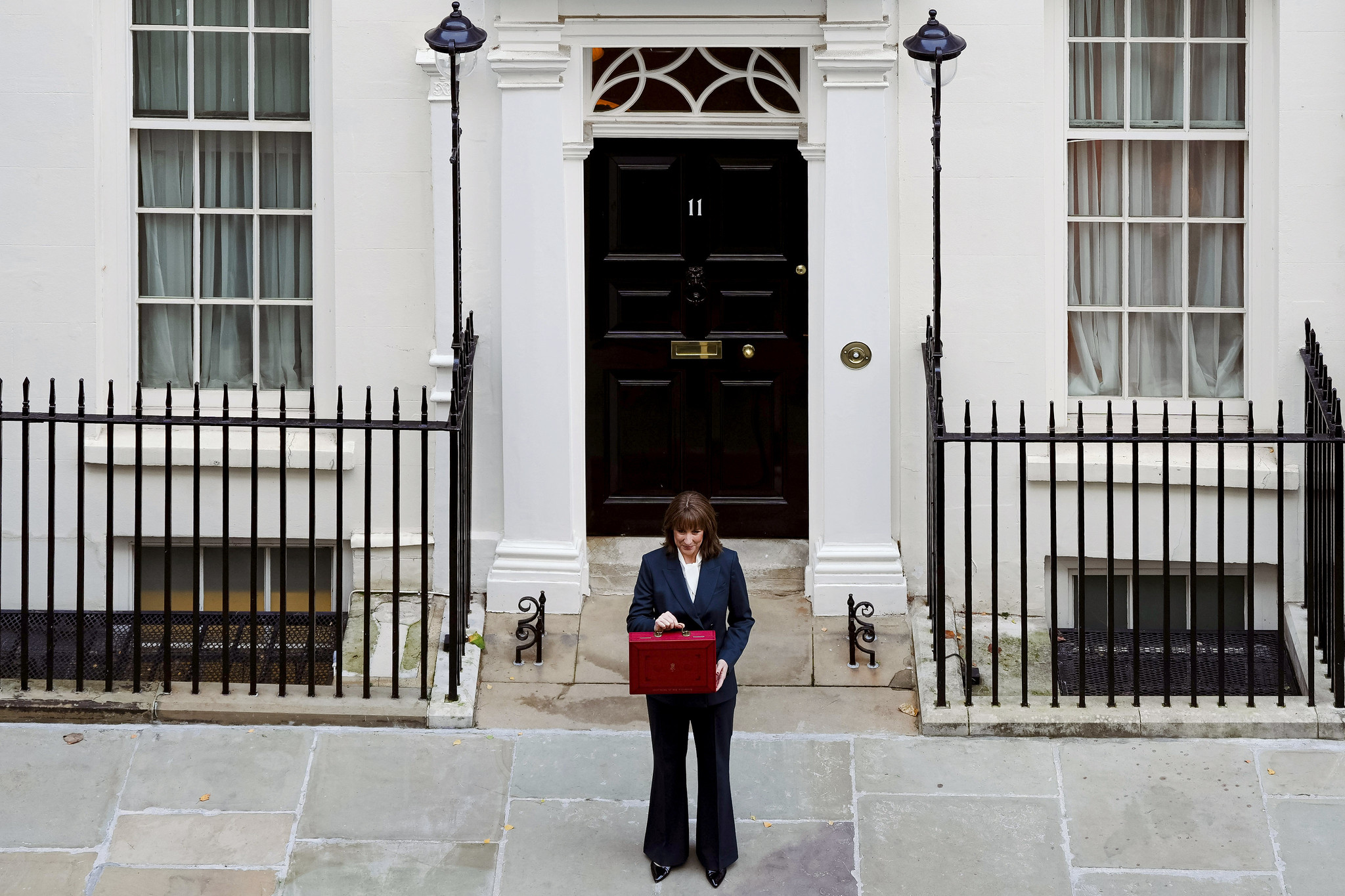The Campaign for the Arts’ analysis of 2025’s GCSE and A-level results reveals that the share of total entries in arts subjects has shrunk again, reaching a new low – but the rate of decline appears to be slowing.
Compared with last year, arts subjects made up a smaller but similar share of total entries. However, since 2010, this share has shrunk by 48% at GCSE and 31% at A-level across the United Kingdom.
The steepest long-term declines are in performing arts subjects. Since 2010, Dance has plummeted by 60% (GCSE) and 59% (A-level), Drama by 48% (GCSE) and 53% (A-level), and Music by 35% (GCSE) and 47% (A-level). In contrast, Art & Design has seen a smaller decline of 4% (GCSE) and 9% (A-level) over the same period.
At GCSE, the share of entries in Media / Film / TV Studies has more than halved since 2010; in Design and Technology it has reduced by nearly three quarters (74%).
Jack Gamble, Director of the Campaign for the Arts, said:
“The arts nurture confidence, imagination and empathy, and are routinely shown to improve educational outcomes for children and young people. But arts subjects have been systematically underfunded and undervalued in recent years, especially in English state-funded secondary schools.
That’s bad for young people – especially those from less privileged backgrounds, for whom opportunities at school are even more essential – but also for the health of our entire society and culture.
Students receiving their GCSE and A-level results this year will all have made their subject choices before this Government was elected, but the continuing falls in arts enrolment reinforce the scale and urgency of the crisis the Government now needs to address.”
The State of the Arts report, published by the Campaign for the Arts and the University of Warwick last year, found that funding pressures and performance measures like the ‘EBacc’ (introduced in 2010) and ‘Progress 8’ (introduced in 2016), have contributed to a widespread marginalisation of the arts in English state-funded secondary schools. The Labour Government has pledged to address this as part of the independent Curriculum and Assessment Review, which will publish its final report in the autumn.
In his first party conference speech as Prime Minister, Sir Keir Starmer said that “every child deserves the chance to study the creative subjects that widen their horizons, provide skills employers do value, and prepare them for the future, the jobs and the world that they will inherit.” The Government has reinforced this commitment in its recently-published Creative Industries Sector Plan, noting: “We want every child, regardless of background, to have a rich and broad, inclusive and innovative curriculum, including in creative subjects such as art, design, music and drama”.
What about Scotland?
What are the EBacc and Progress 8?
The EBacc, or English Baccalaureate, is used as a measure of school performance in England based on attainment and qualifications in the following subjects: English, mathematics, history or geography, two sciences and a language. Notably this does not include arts subjects. The introduction of the EBacc in 2010 was controversial due to the exclusion of all arts subjects. As a result of this exclusion, Government targets regarding the percentage of pupils achieving the EBacc, and spending cuts, schools have been incentivised to shift focus and resources towards EBacc subjects, marginalising the arts.
Progress 8, which measures pupils’ performance across eight qualifications, is weighted towards the EBacc subjects. For this reason, it is likely to be contributing to a deprioritisation and diminution of arts subjects in English secondary schools.
Is the same trend happening in state and independent schools?
The data used for this analysis, published by the Joint Council for Qualifications and AQA, does not distinguish between different types of schools, colleges and other exam or assessment centres.
That’s why we’re not able to compare trends in different kinds of schools, such as between state and independent schools.
One recent study suggests that arts subjects may have become more highly valued and integrated into the curriculum in independent schools since 2010, based on the limited data available (like new arts facilities, artist-in-residence schemes, and stated academic strategies). That could mean that our analysis conceals significant differences between educational systems, with a knock-on effect on who gets in and gets on in creative and cultural careers, and what the arts will look like in our country in the future.
Donations from CFTA supporters are funding a new role dedicated to Research & Analysis, so we hope to be able to dive deeper into this in the coming months and years.
Like all our work, our research and analysis is funded almost entirely by small donations from our supporters, averaging £5.49 a month. If you found this valuable, please consider becoming a donor with £5 a month or whatever you can afford – we truly rely on supporters like you.



